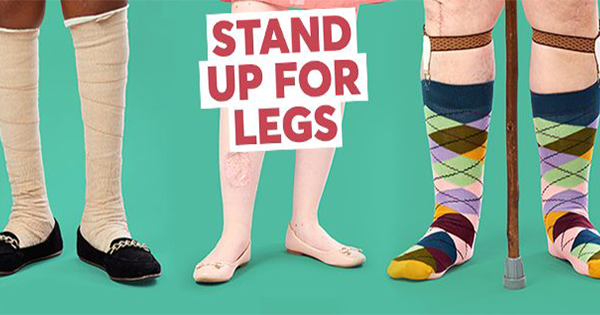As we move into summer (YEY — sunshine and holidays) and the fog of winter lifts alongside hopefully some of the pressure from winter, it feels like I have a little bit more time to think about things in more depth. My colleague Heidi Sandoz refers to this as having ‘clinical curiosity’ and it feels like a lot of the time we are so pressured we don’t have time to be curious, we just accept the thing that is in front of us, the most obvious answer.
But a few things have struck me recently, the fascinating ongoing debate about categorising pressure ulcers, why we do it, how we do it, what are the benefits are of doing it (Figure 1) and why so many people interpret it differently? Some really searching questions being asked about things we have just accepted because some ‘clever people’ told us that was the case – category 2 can’t have slough — can’t it ? why not? The new NICE guidance about automated ABPI, ‘There is not enough evidence to recommend routine adoption of automated ankle brachial pressure index (ABPI) measurement devices to detect peripheral arterial disease in people with leg ulcers’, suggests there is no evidence in this population, but does that mean it doesn’t work? That’s not what it says at all. Plenty of challenge about not losing redness as a descriptor altogether, yes we must be inclusive but if redness is an appropriate term for an individual, then we shouldn’t be scared to use it.
Equally I’ve realised that some of the literature I regularly rely on is now so old. What’s the reference for the importance of temperature in an open wound, why don’t we apply cold liquids? That would be Lock 1979, (it’s 45 years old!!) I did check and a recent Cochrane review (Derwin et al 2022) only identified 1 paper about temperature and that was about the impact of a product on temperature. It’s the same if you are looking for something about smoking and wound healing: My go to is Towler 2000, while there have been a few more recent papers there doesn’t seem to have been anything in the last 15 years or so. Surely things have changed, we must know and understand more, why have people lost interest in these things?
I find it really uplifting therefore to see some of the really great debate that is going on about tissue viability practices and the underpinning evidence base. It really is time for us to step up and challenge practices that serve no purpose (and it’s not just categorising PU!), we need to really be able to defend why we do or don’t do things.
Identifying that something works is about more than an ramdonmised controlled trial (RCT), which demonstrates the effect in carefully controlled conditions, because, once you take all the support for the RCT away and no one bothers to do it. In which case it doesn’t actually work and emphasising the amount or quality of evidence will not make it any better. It concerns me that for years our answer to things going wrong or not being done is always to add an extra layer in, a belt and braces approach, somebody once several weeks ago didn’t document a risk assessment or a reposition, so we create another form, another tick list and extra thing for a clinician to do — and then wonder why they have no time. We should be thinking about how we can refresh, what do we no longer need to do, how can we focus on delivering quality care and making the recording of that simple and intuitive?
I have previously written about simplifying and streamlining, but I need to emphasise it again, think how much time is wasted recreating the same things across the UK, how many formularies, policies, Protocols, SOPs competency/capability documents do we have and how much senior clinician time goes into that? Are they all really good? Probably not, some are probably amazing, some are probably just adequate, but if we could all agree to work to the same thing we could focus on making that one version the amazing one. If we all used our voices to say, what we need is one version of the truth it would make life so much easier, as our patients move so frequently as our clinical workforce is so transient consistency and cohesion would make such a difference. How many of you struggle to be creative, yet for others it’s second nature. While others are brilliantly clear, crisp, coherent writers and others just aren’t, we could play to peoples’ strengths make the best of everyone and produce some great resources.
Have a good summer everyone, if you have chance, take the time to reflect on things that have puzzled you and be brave enough to ask and keep asking questions until you get to the answer — even if the answer is no one has a clue.






